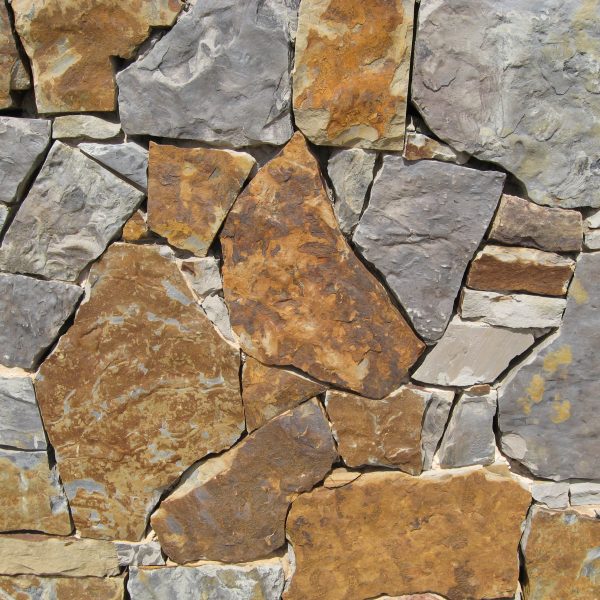

Korea only: +1 Science for each adjacent Seowon.Nubia only: +1 Production when built on strategic resources, and +2 Gold on bonus and luxury resources.+1 additional Production (requires Smart Materials).Provides adjacency bonus for Industrial Zones (+1 Production, +½ in ).+2 Faith with Religious Idols Pantheon when built on Bonus or Luxury Resources.


(B) Removing partially dried clay from cloth bag. (A) Pouring clay slurry into cloth bags for partial during. Brookes Degen finishing the clay processing. Once enough water has been evaporated for the clay to be stiff enough to mold, it is bagged in plastic for storage and transported to the pottery shop for fabrication into tiles and other vessels. The liquefied clay slurry is poured into cloth bags to assist with the evaporation of water from the clay. Once the clay has been screened, it’s time to remove some of the excess moisture. Next, the clay is pushed through screens to remove roots, rocks, and other impurities. First, the raw clay is soaked in barrels of water for several weeks to liquefy the material for screening. Archaeological interns from The Anacapa School assisted with the processing of the clay. Photo by Mike Imwalle.įor the past six years, we have been using experimental archaeology to replicate historical fabrication and firing techniques for tile and pottery. (r) Close-up of clay slurry being prepared for drying and bagging. (l) Anacapa interns Josh Figueroa, Aubrey Cazabat, and Wishiah Roper pushing wet clay through a screen to remove roots, rocks, and other impurities. Mineralogically it is identical to the clay mined for Presidio roof and floor tiles more than 225 years ago. During the reconstruction of the new Northwest Corner Visitor’s Center in 2007, clay was excavated from the bottom of the foundation trenches using a backhoe. The area where presidio soldiers and Chumash laborers mined clay for the presidio tiles was likely due north of the quadrangle on a north-facing slope above the slough or estero. (r) Raw clay soaking in barrels of water. (l) Anacapa School intern Brookes Degen with more than 2000 lbs of raw clay excavated during the Northwest Corner Reconstruction Project. The only way to get to the underlying clay layer is to remove the entire layer of topsoil or to dig into the clay layer from the side. A thick layer of well-developed yellowish brown, sandy clay lies just beneath the topsoil used for making the adobes. The site was covered with sandy loam topsoil ideal for making sun-dried adobe bricks.

The site of the Santa Barbara Presidio was chosen for strategic purposes, but also for its proximity to valuable resources for construction. A portion of the 1852 U.S Coast Survey “Map of the Port of Santa Barbara, California” showing probable location of area utilized for clay extraction during the 18th century presidio construction. Part one will summarize the mining and processing of raw clay, part two will outline the tile fabrication process, and part three will examine the firing process.
#Tile miner updates series
This is the introduction to a three-part series on tile production at the Santa Barbara Presidio. By 1786 enough roof tiles, or tejas, had been made to cover the buildings of the first wing of the presidio quadrangle. Floor tiles, or ladrillos, were fired at the presidio for the construction of the presidio aqueduct by 1784. Fired clay tiles were introduced as a building material at the Santa Barbara Presidio early in its development.


 0 kommentar(er)
0 kommentar(er)
